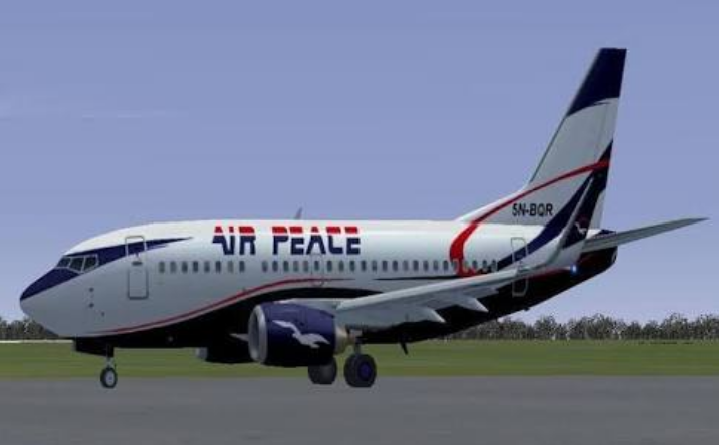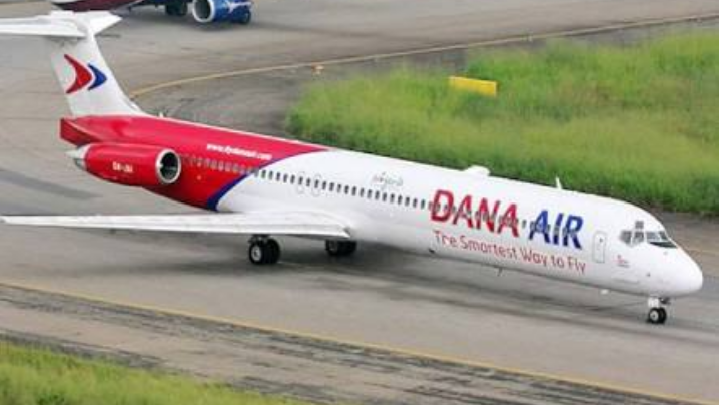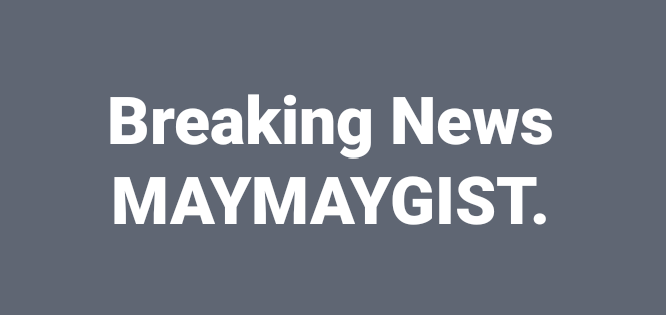Accident Investigation Bureau AIB,has released four final Accident reports with 9 Safety Recommendations, which are very important towards preventing recurrence of accidents or serious incidents in the country.
The agency Commissioner, Akin Olateru disclosed that the Bureau is working tirelessly to sign cooperation agreements with other organisations and agencies as a way of ensuring that AIB-N achieves its mandate.
Olateru who stated this at the release of 4 Final accident reports, called on all stakeholders both in the aviation industry and outside the aviation industry to recognise the roles they play in ensuring safer skies in the Nigerian aviation industry and partake in activities that would ensure that they fulfil their roles.
He said 9 safety recommendations make a total of 196 Safety Recommendations released since the inception of AIB-N and a total of 115 Safety Recommendations released under the current administration.
He added that the Bureau had successfully signed Memorandum of Understanding, MoU’s with many organisations and agencies, and they are actively seeking collaborations and cooperation agreements with other agencies as a way of delivering on their mandate and improving on its operations while ensuring the continued safety of the Nigerian airspace.
The reports released include the Accident involving a Tampico TB-9 aircraft owned and operated by Nigerian College of Aviation Technology (NCAT), which occurred at Zaria Aerodrome, Kaduna State on 26th September, 2018 and the Accident involving a Boeing 737-282 aircraft owned and operated by Chanchangi Airlines Ltd which occurred at Port Harcourt International Airport on 14th July, 2008;
Others are; the Accident involving a Beechcraft C90 aircraft owned and operated by Shoreline Energy Intl Ltd, which occurred at Barakallahu Village near Old Kaduna (Military) Airport on 24th May, 2011; and the accident involving a Boeing 747-200 Aircraft operated by Veteran Avia Airlines which occurred at Nnamdi Azikiwe International Airport Abuja on 4th December, 2013.
Breakdown of causal and contributory factors, safety recommendations of the accident reports are as follows:
NCAT TAMPICO TB-9 AIRCRAFT
CAUSAL FACTOR
Late decision to initiate a go-around after touchdown which resulted in loss of directional control of the aircraft after landing.
CONTRIBUTORY FACTORS
Inappropriate control inputs during landing roll Intermittent interruptions in training program.
SAFETY RECOMMENDATION ARE:
The Nigerian College of Aviation Technology should ensure that where there are gaps in student pilots’ training, Policies and Procedures should be put in place in the training programme so that the students are brought up to speed in both theory and practice.
Chanchangi Boeing 737-282
CAUSAL FACTORS
The decision to land following an unstabilized approach (high rate of descent and high approach speed). A go-around was not initiated.
CONTRIBUTORY FACTORS
The deteriorating weather conditions with a line squall prevented a diversion to the alternates.
The runway was wet with significant patches of standing water.
NO SAFETY RECOMMENDATION
In view of the issuance of the Nigeria CAR 2009 and the revision in 2015, which addressed the areas of shortcomings identified in this investigation, no safety recommendations are made.
Shoreline Energy LTD BEECHCRAFT C90 Aircraft
CAUSAL FACTOR
Inability of the pilot to control the aircraft to landing due to inadequate power to enable the pilot maintain the appropriate approach profile (height, speed and glide path) to cover the required distance to threshold.
CONTRIBUTORY FACTORS
Non-adherence to approved storage procedureNon-adherence to approved return from storage procedure
Inadequate regulatory oversight by the authority on flight operation and maintenance of foreign registered aircraft in Nigeria
FOUR SAFETY RECOMMENDATIONS ARE:
- Nigeria Civil Aviation Authority NCAA should increase safety oversight on foreign registered general aviation aircraft operating in Nigerian airspace.
2 Nigeria Civil Aviation Authority NCAA should promulgate detailed regulations/requirements on private category aircraft operations.
3 Nigeria Civil Aviation Authority NCAA should liaise with the Old Kaduna (Military) Airport authorities to ensure that 1000 m beyond RWY 23 should be easily accessible in accordance with internationally accepted standard stipulated in ICAO Annex 14.
4 Nigeria Civil Aviation Authority NCAA should liaise with the Old Kaduna (Military) Airport authorities to ensure that an Airport Emergency Plan (AEP) is developed and maintained in line with Nig.CARs Part 12 (Aerodrome Regulations).
Boeing 747-200 VETERAN AVIA AIRLINES LIMITED
CAUSAL FACTOR
Crew was not updated on the information available on the reduced runway length.
CONTRIBUTORY FACTORS
Lack of briefing by Saudia dispatcher during pre-flight.Runway status was missing from Abuja ATIS information.Ineffective communication between crew and ATC on short finals.
The runway markings and lighting not depicting the displaced threshold
The entire runway lighting was ON beyond the displaced threshold
FOUR SAFETY RECOMMENDATIONS
1.Nigerian Airspace Management Agency (NAMA) should:Capture all essential information on the Automatic Terminal Information Services (ATIS).
2 Federal Airports Authority of Nigeria (FAAN) should:Ensure that light at any displaced portion of the runway be switched off so as not to mislead any arriving/landing traffic.
3 Federal Airports Authority of Nigeria (FAAN) should: Ensure that runway obstructions, and/or runway displaced thresholds are marked/lit in accordance with DNAA Airside Operations Manual and Aerodrome Manual sections
4.10.7a and 4.13.3.4 respectively and communicated on time through NOTAMs to stakeholders.
Veteran Avia should ensure that its operations are in conformity with the approved procedures established in accordance with company manuals.
The AIB Commissioner, reiterated that the Bureau would not relent in its vigorous pursuit of adding values that would up the ante of safety in Nigeria and Africa.




